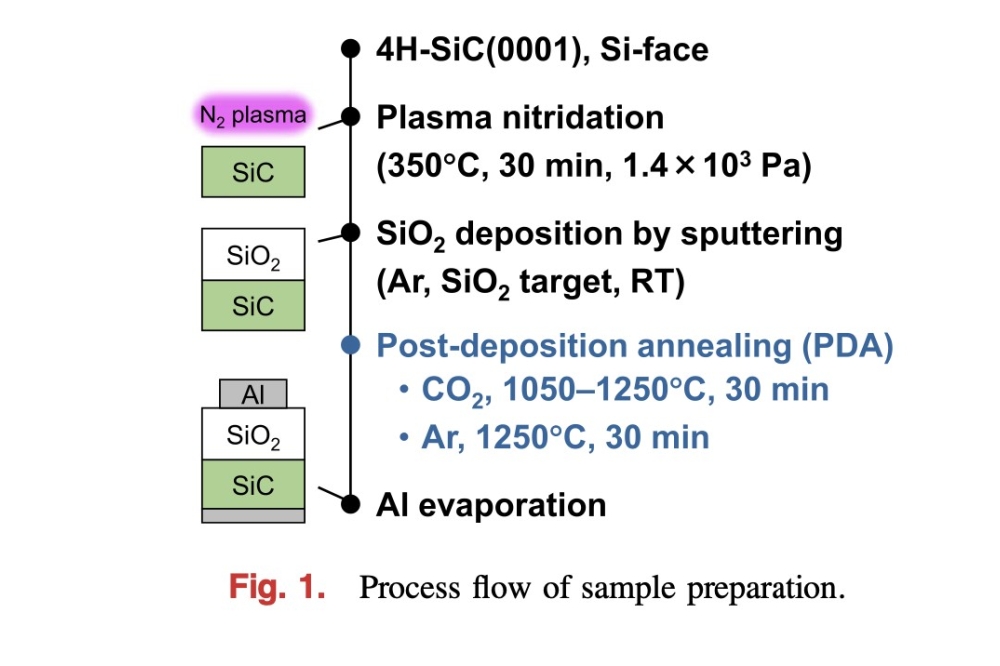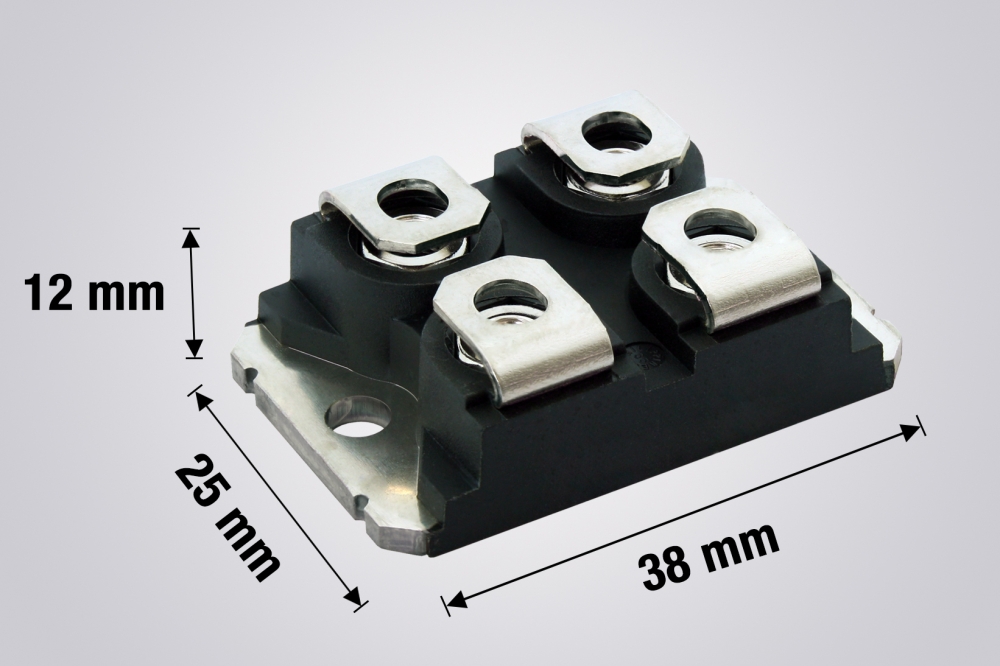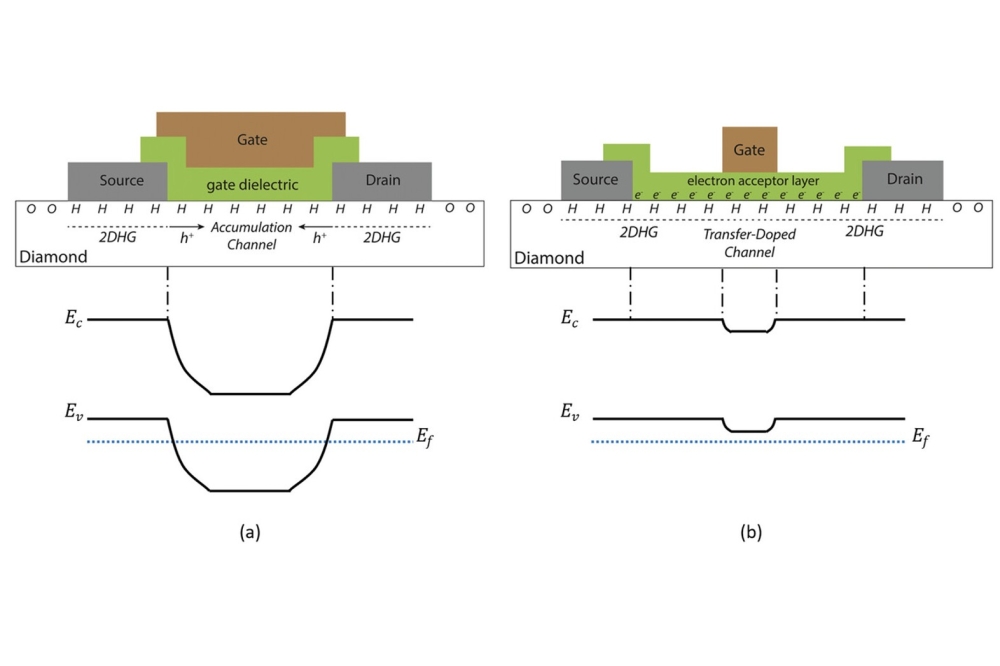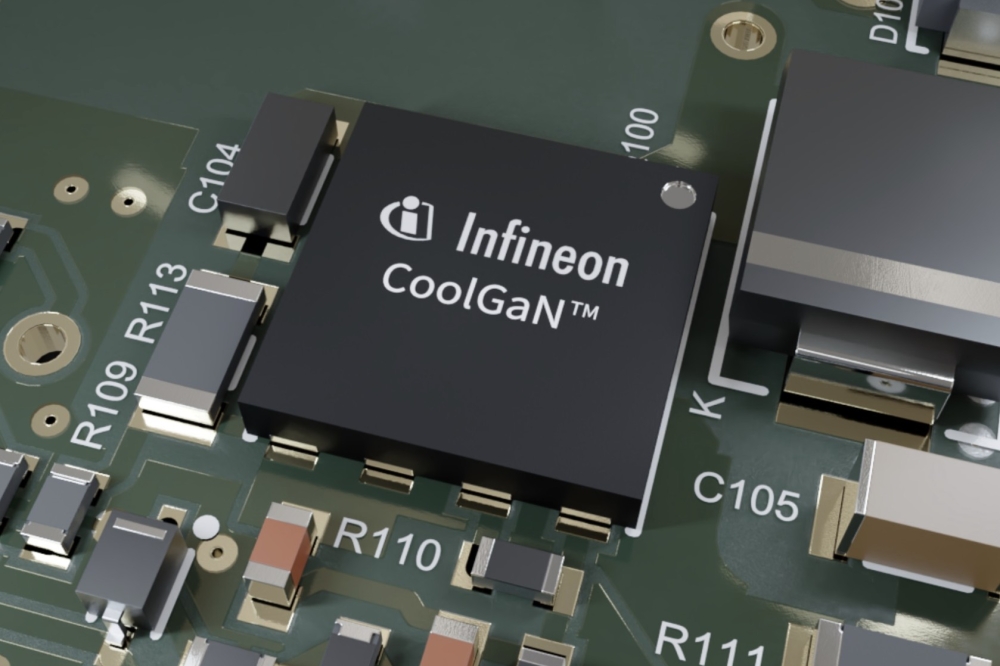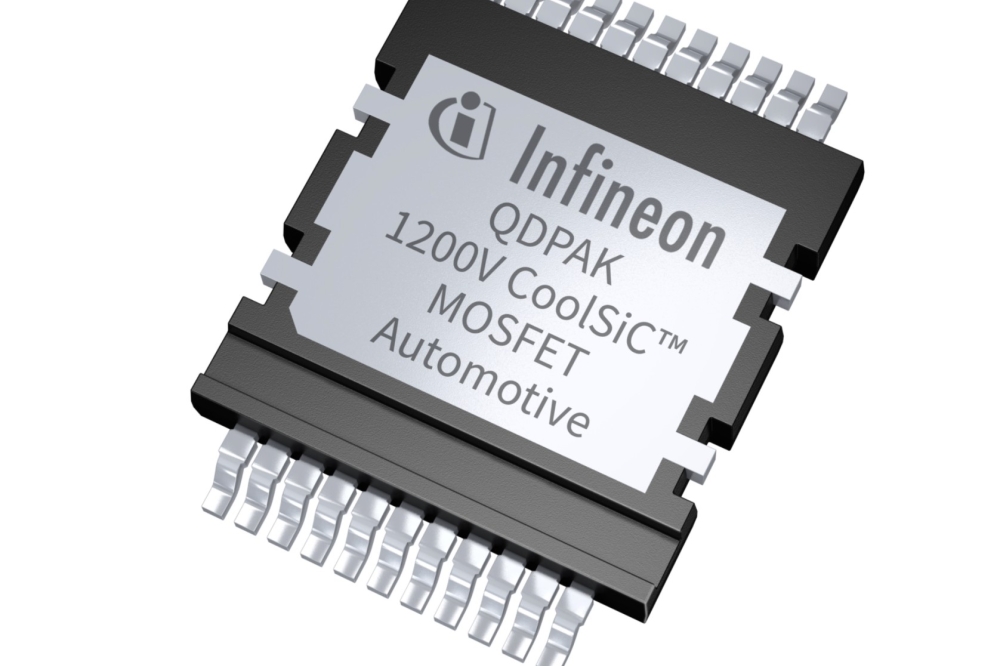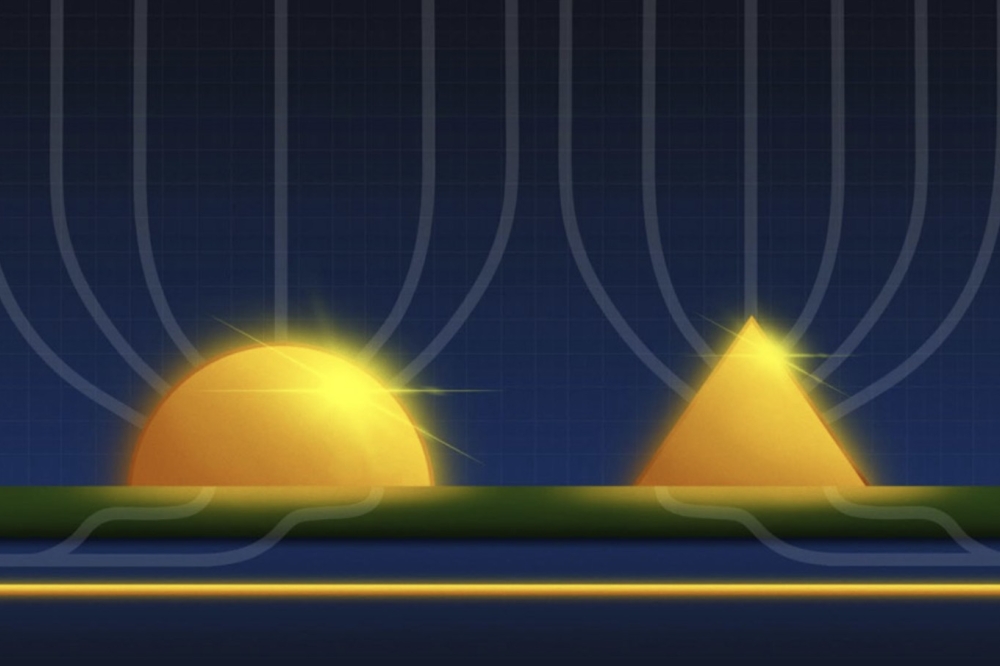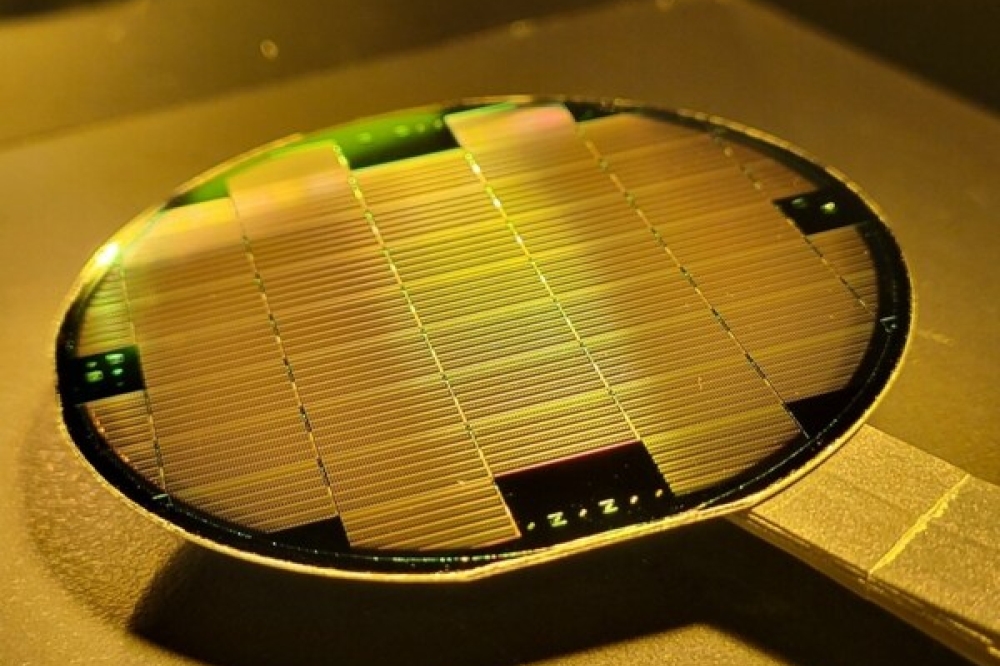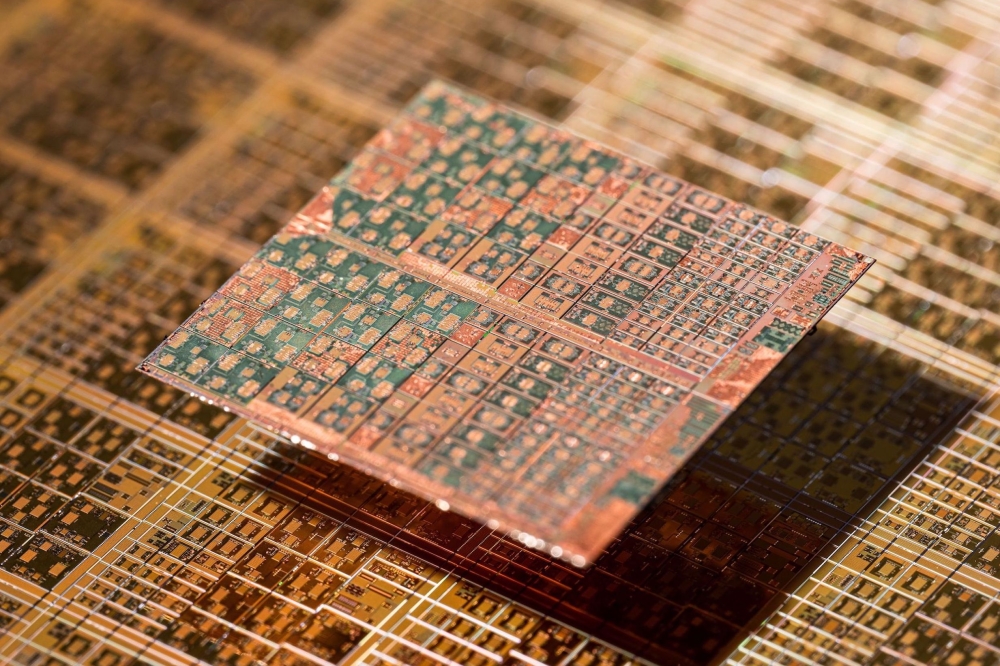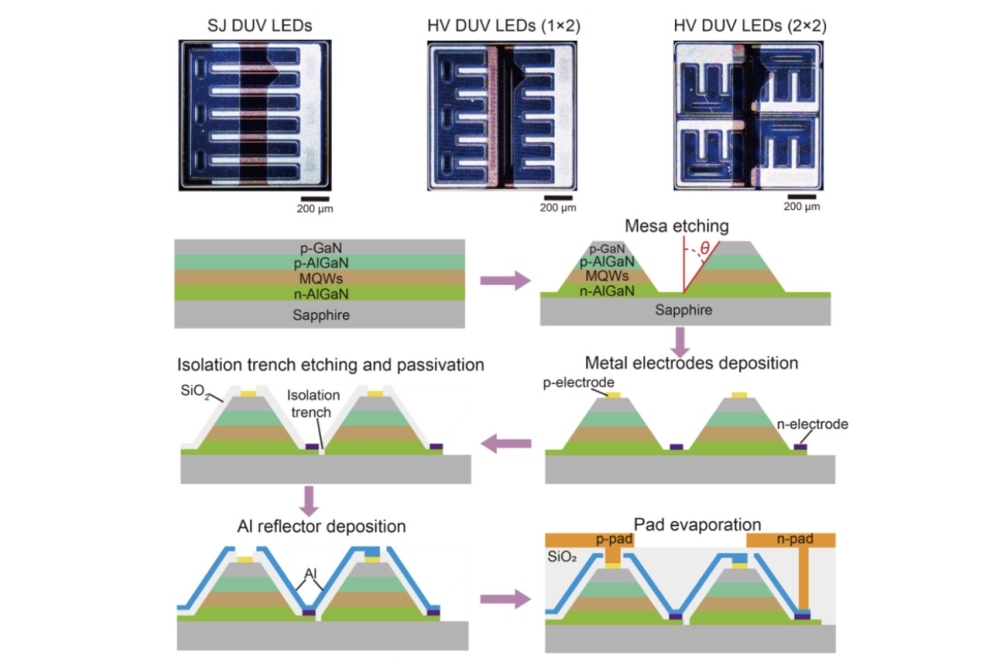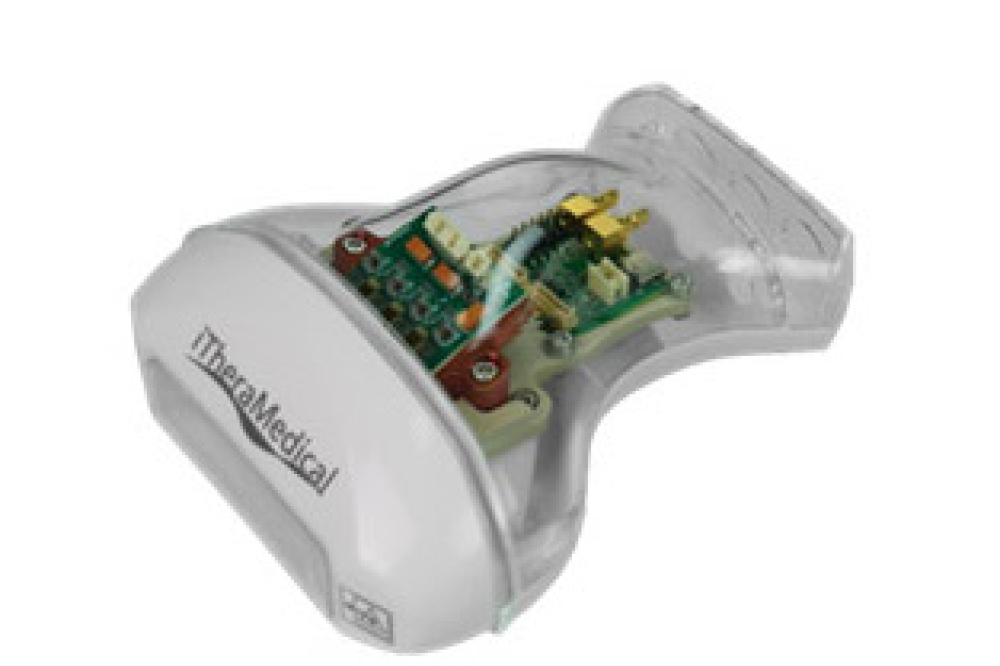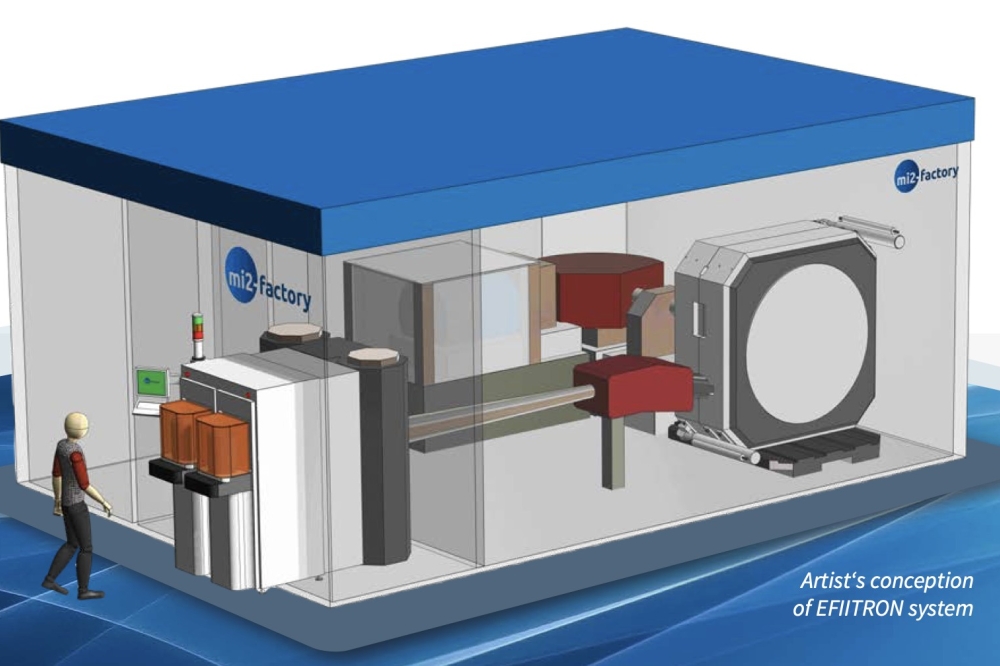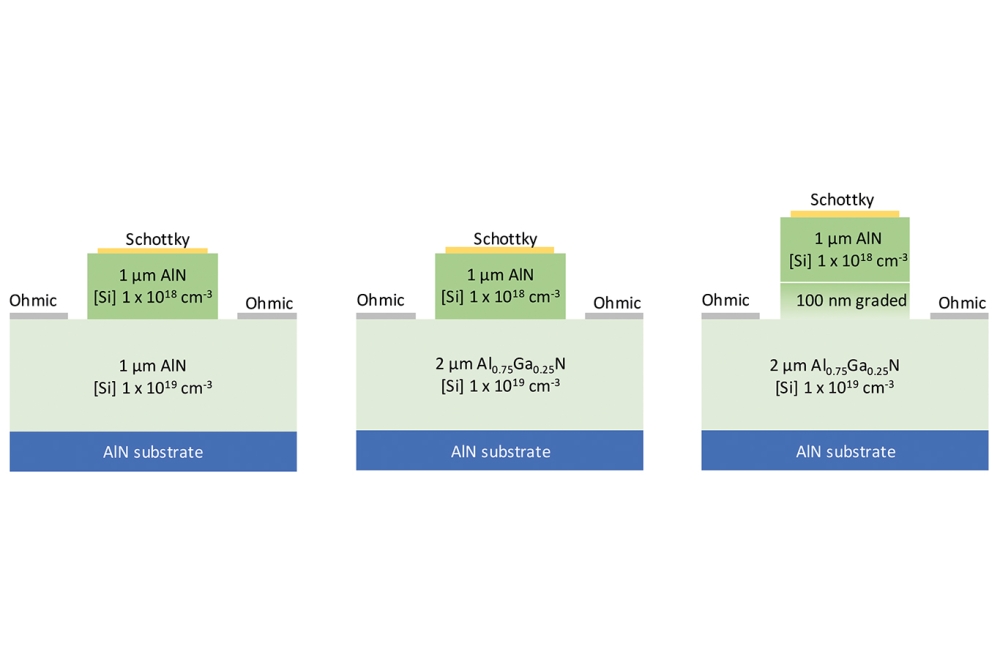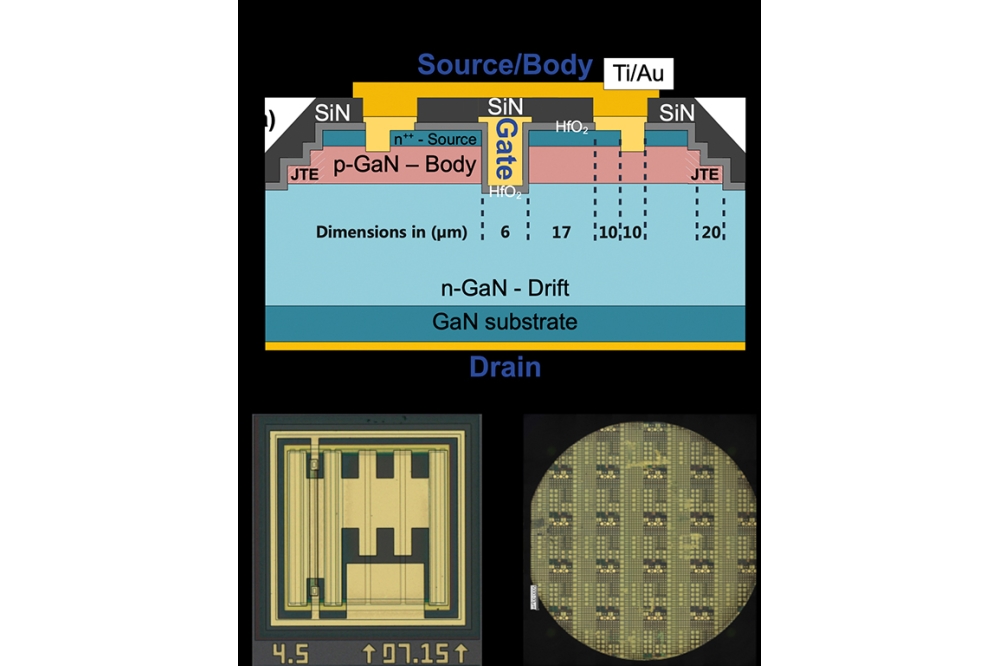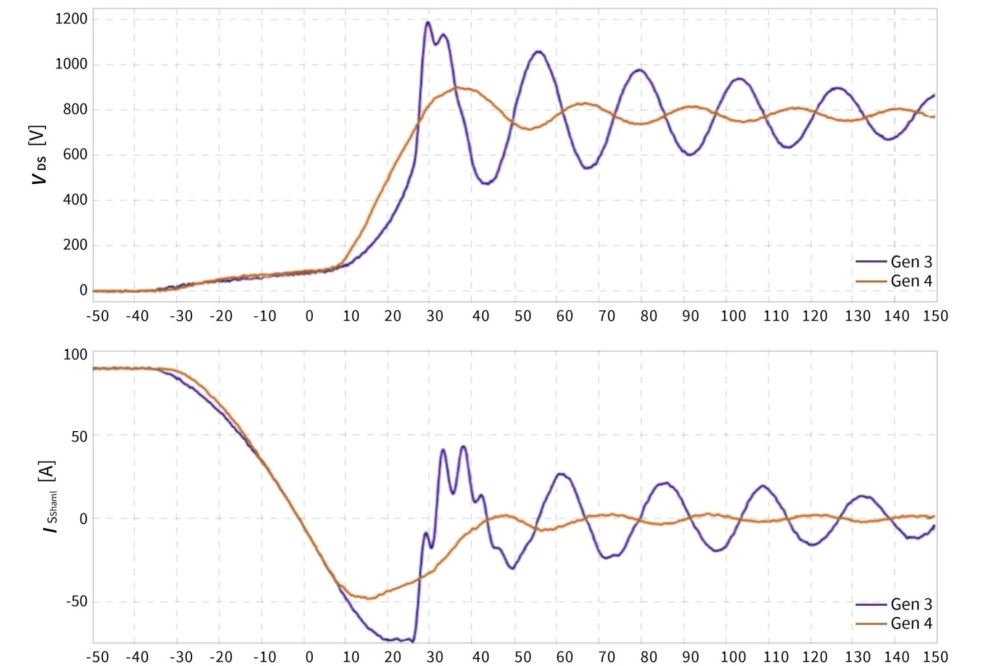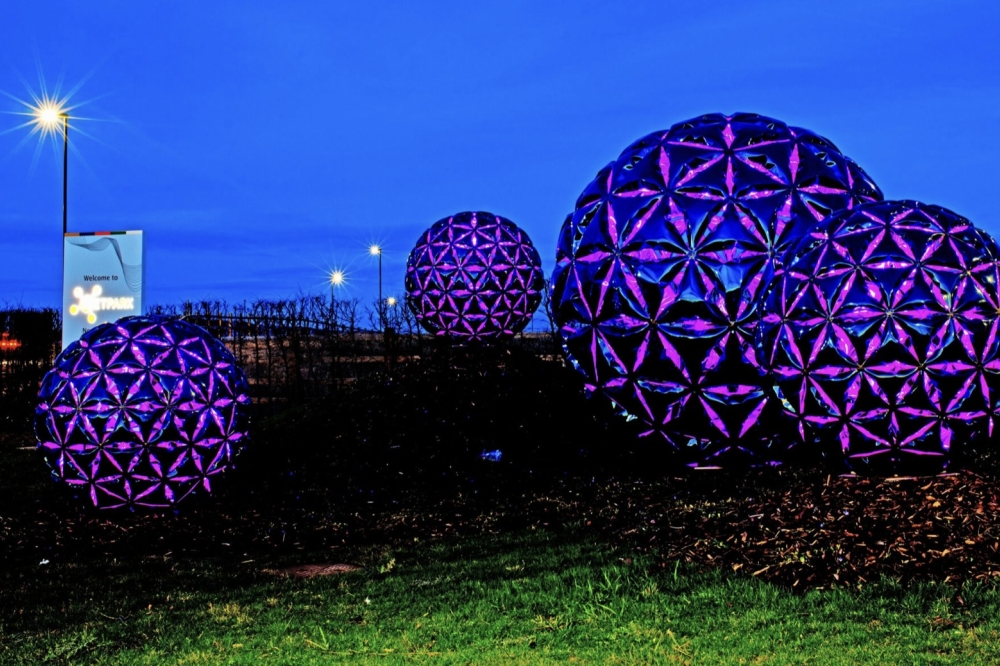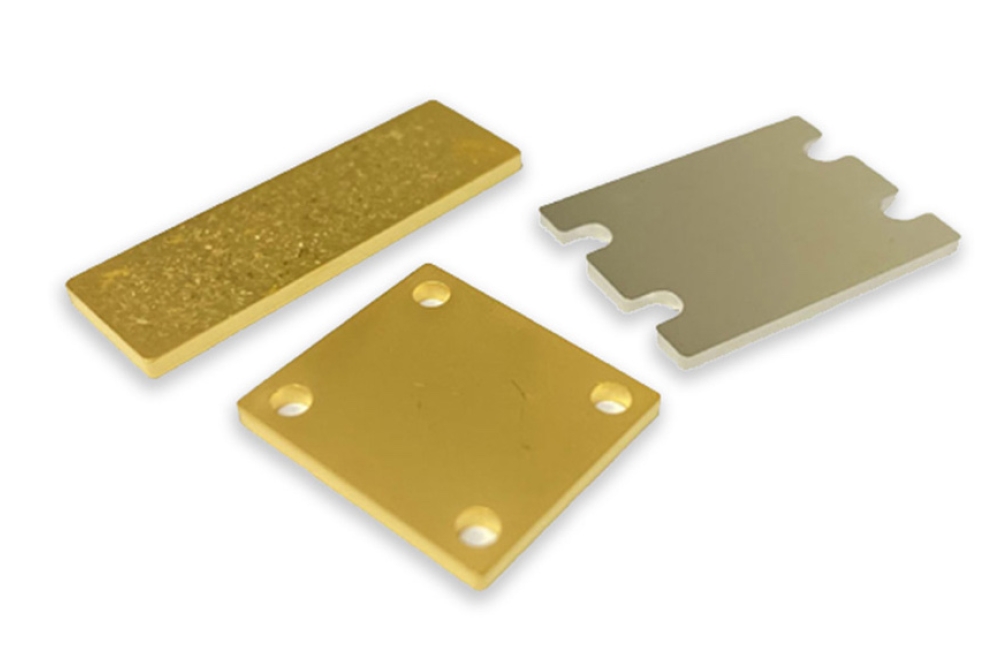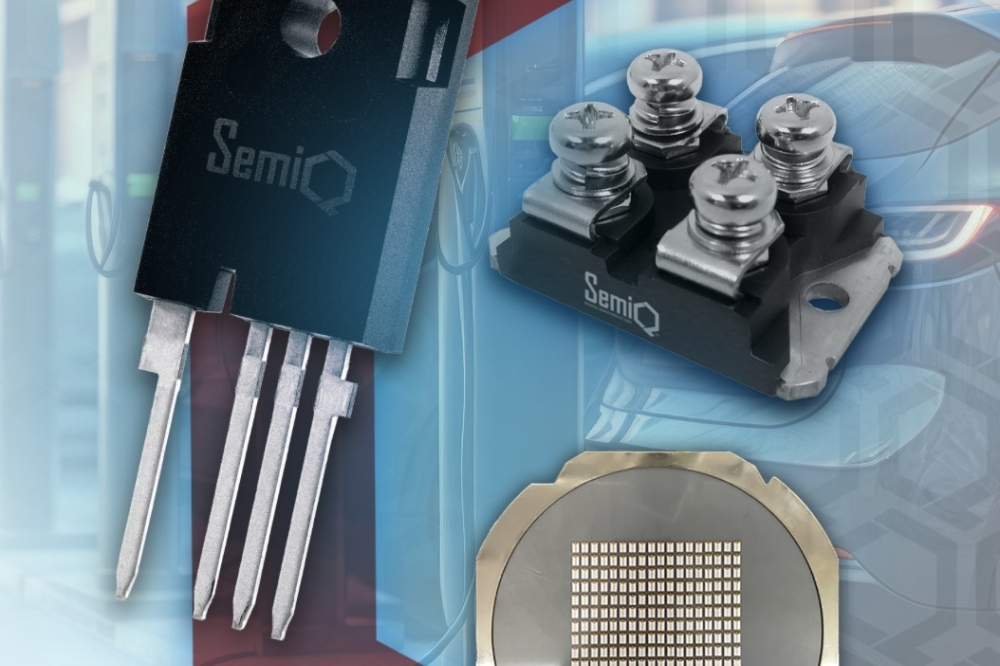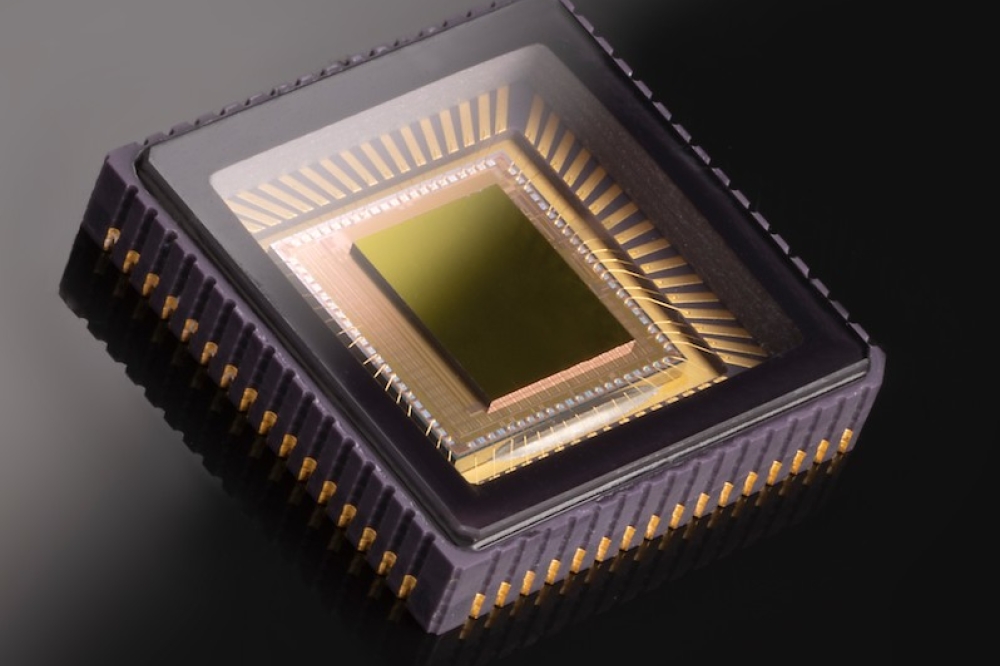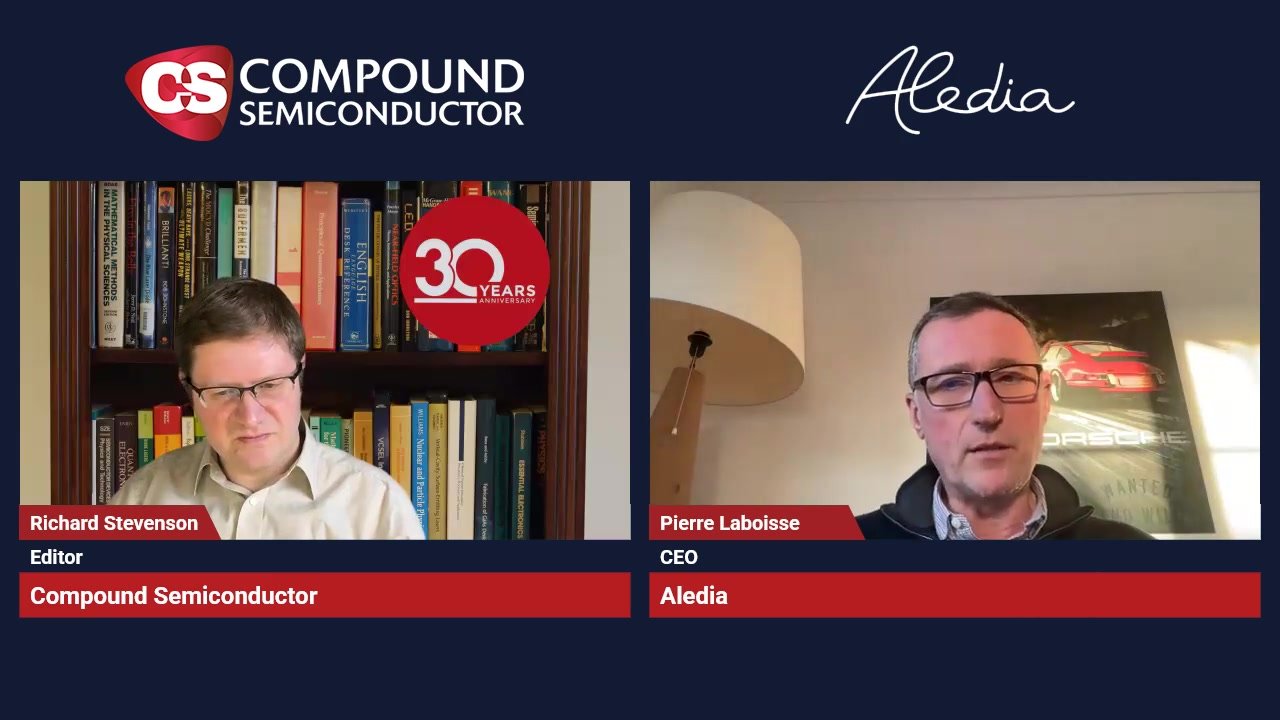New insights into alkali-metal doped flexible solar cells
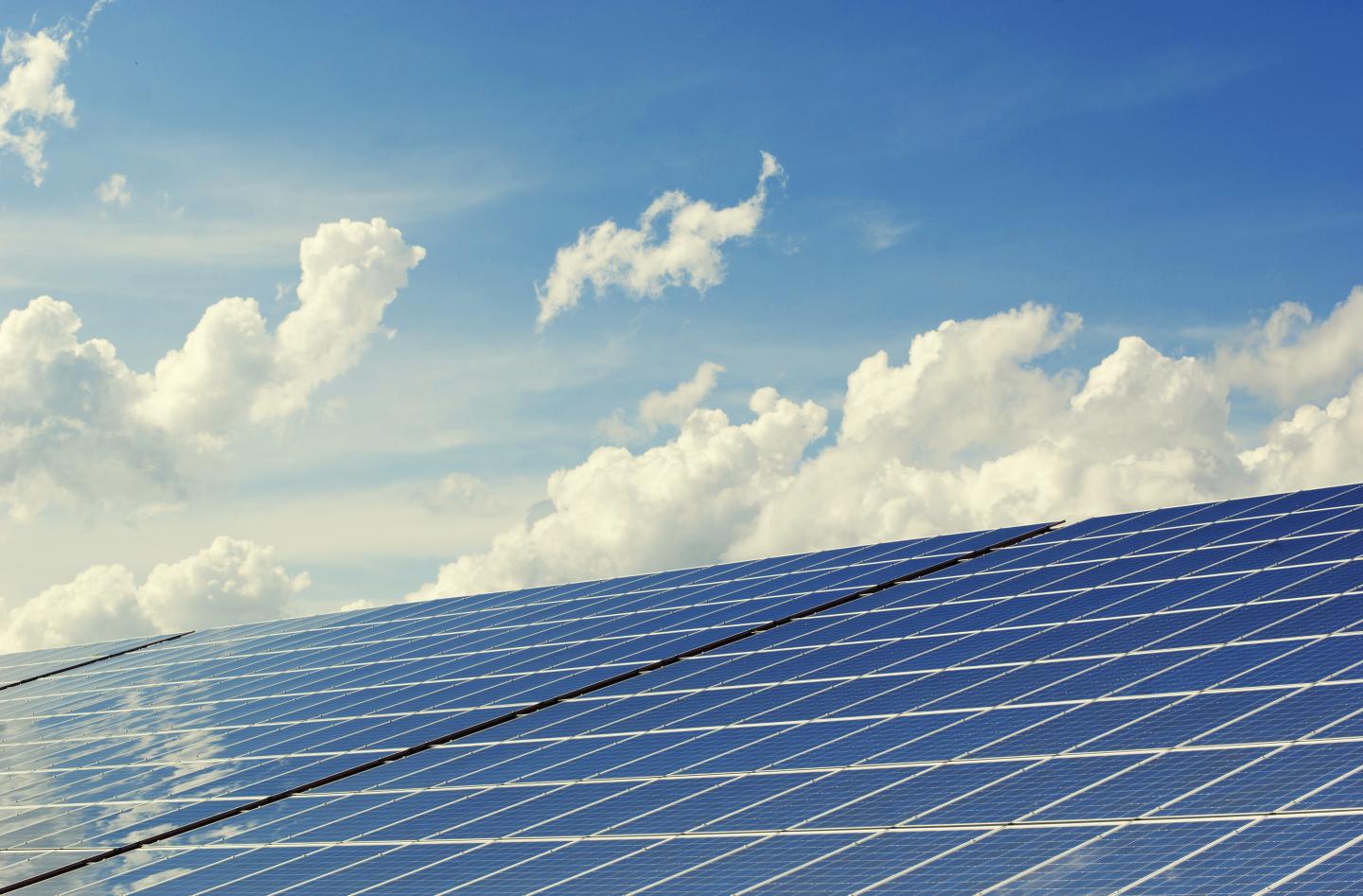
Korean team solves another piece of the solar power efficiency puzzle
When eco-friendly, inexpensive, versatile, and efficient solar cells are developed, all thermal and nuclear power plants will disappear, and solar cells installed over the ocean or in outer space will power our world, says Dong-Seon Lee of the Gwangju Institute of Science and Technology in Korea. His optimistic view of the future mirrors the visions of many researchers involved in the effort to improve solar cells.
Now, in a recent paper published in Advanced Science, Lee and his team reveal another piece of the solar efficiency puzzle. Their revelations come from their observations of composition and electric charge transport properties of CZTSSe cells doped with layers of sodium fluoride of varying thicknesses.
Scientists have come to realise that doping (distorting a crystal structure by introducing an impurity) polycrystalline solar cells made by melting together crystals called CZTSSe with earth-abundant alkali metals, such as sodium and potassium, can improve light to electricity conversion efficiency.
But why doping improves performance is yet unknown.
Upon analyzing these doped cells, Lee and team saw that the amount of dopant determined the path that charge carriers took between electrodes, making the cell either more or less conductive. At an optimal doped-layer thickness of 25 nanometer, the charges flowed through the crystal via pathways that allowed for maximum conductivity. This in turn, the scientists hypothesized, affected the "fill factor" of the cell, which indicates the light-to-electricity conversion efficiency.
At 25 nanometers, a record fill factor of 63 percent was obtained, a notable improvement over the previous limit of 50 percent. The overall performance was also competitive with this amount of doping.
These findings provide insight into CZTSSe and other polycrystalline solar cells, paving the way for improving them further and realising a sustainable society. But the competitive performance of the solar cell that yielded these findings gives it real-world applications more tangible to us common folks, as Lee explains: "We have developed flexible and eco-friendly solar cells that will be useful in many ways in our real lives, from building-integrated photovoltaics and solar panel roofs, to flexible electronic devices". And given the bold vision that Lee carries, perhaps a green economy is not too far away.
'Impact of Na doping on the Carrier Transport Path in Polycrystalline Flexible Cu2ZnSn(S, Se)4 Solar Cells' by Woo-Lim Jeong et al; Advanced Science DOI: 10.1002/advs.201903085

